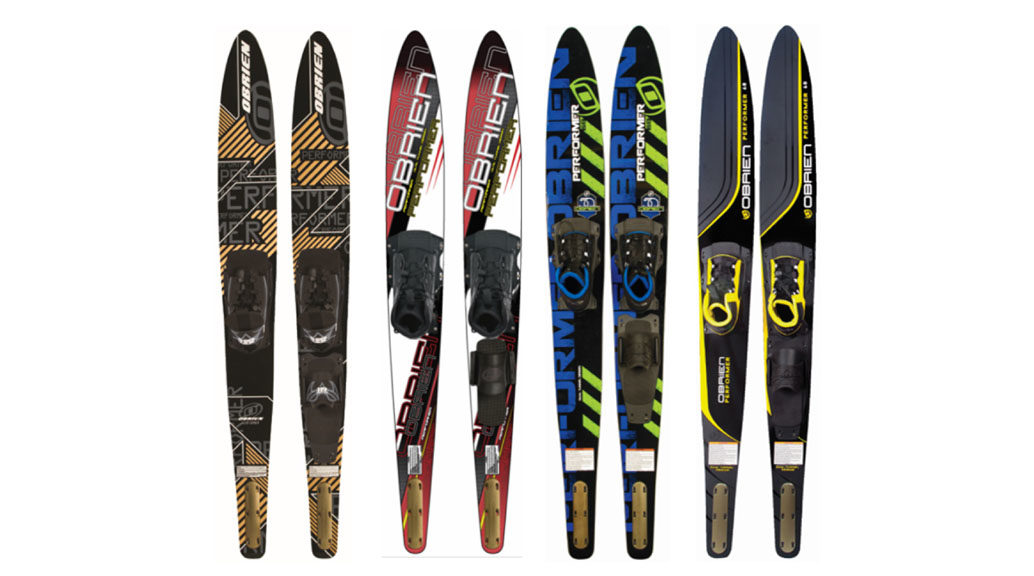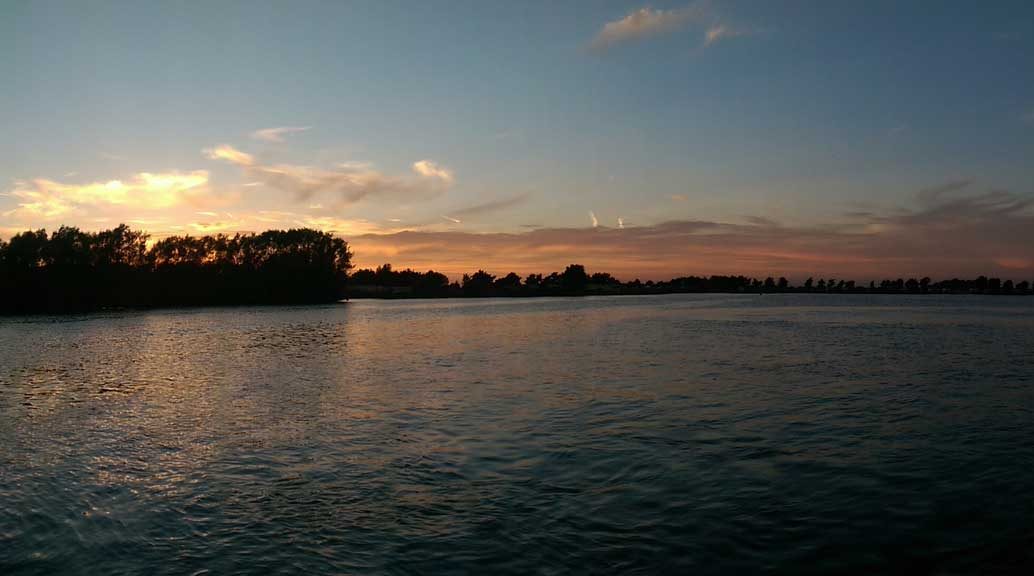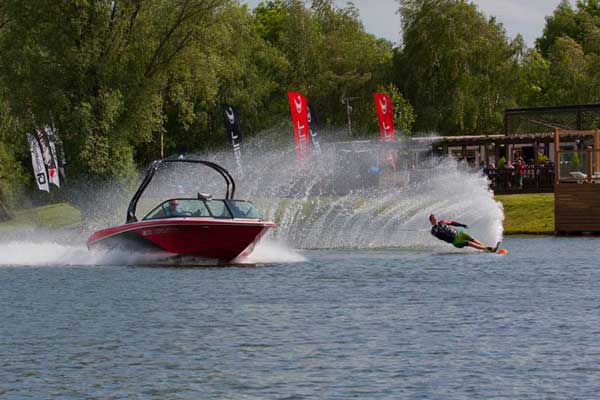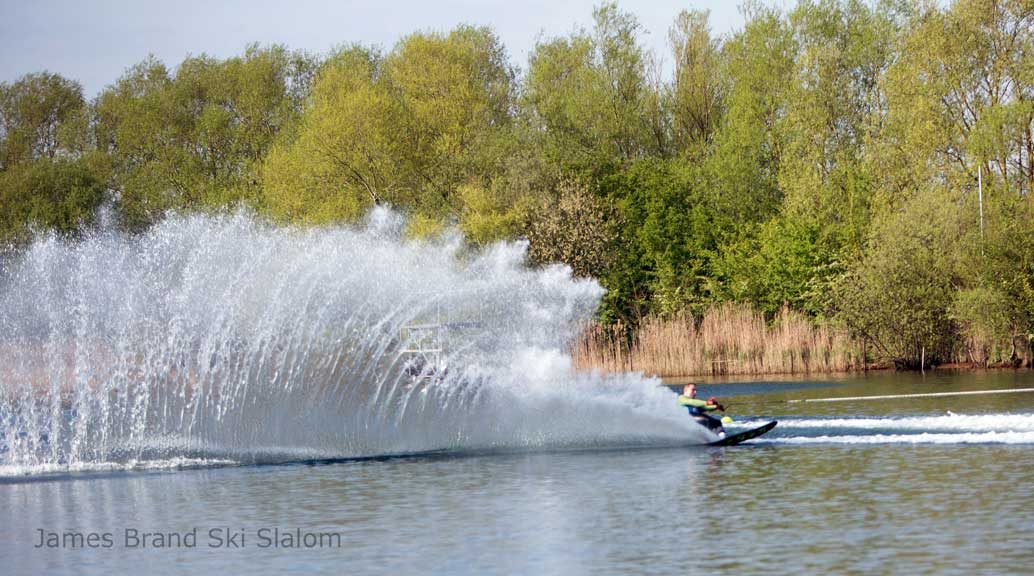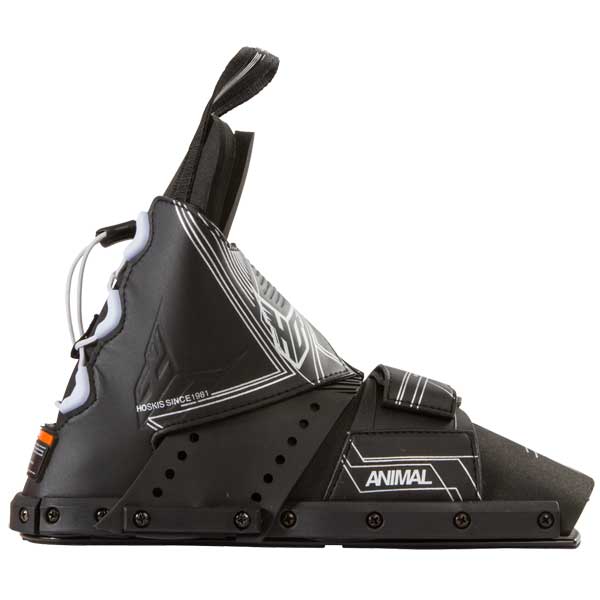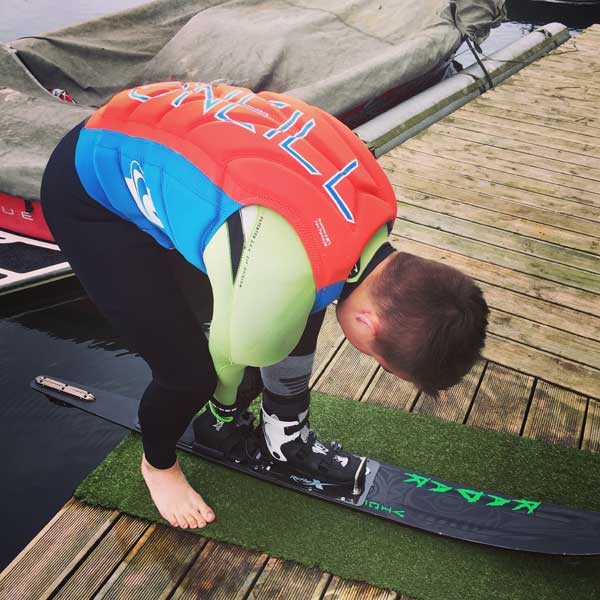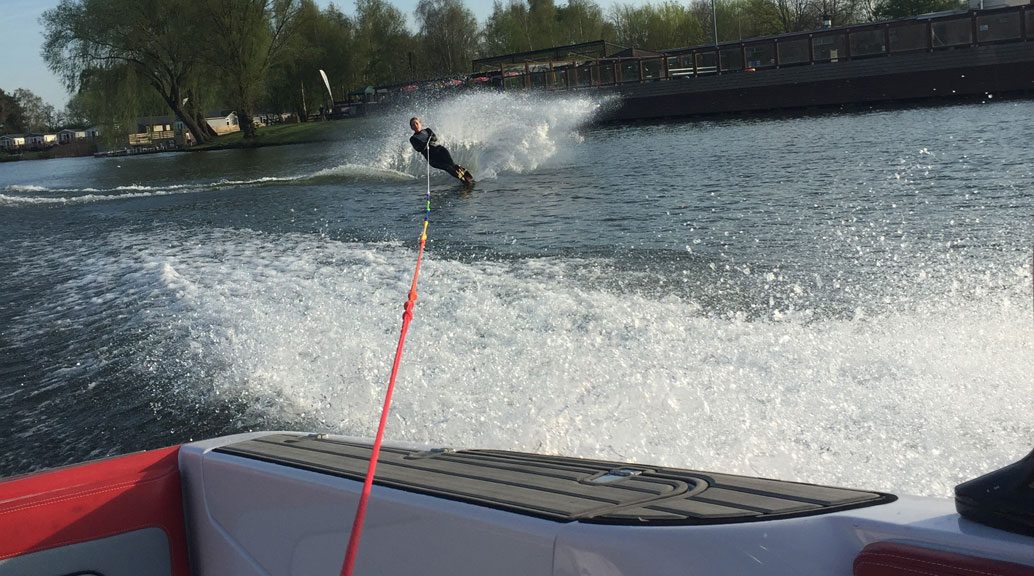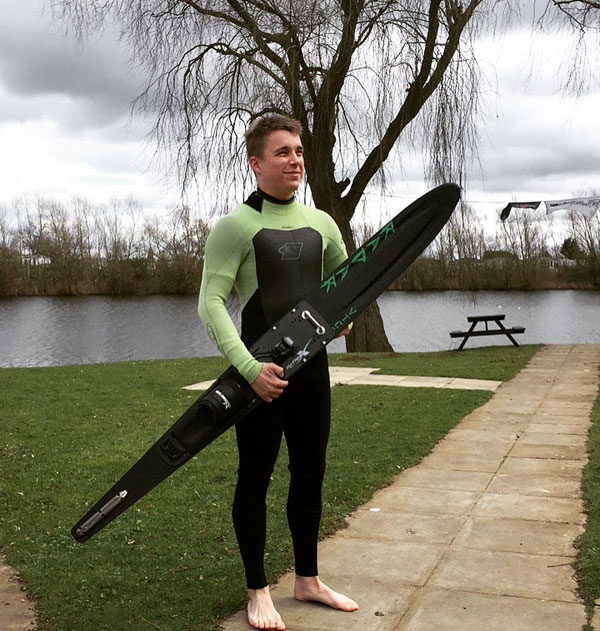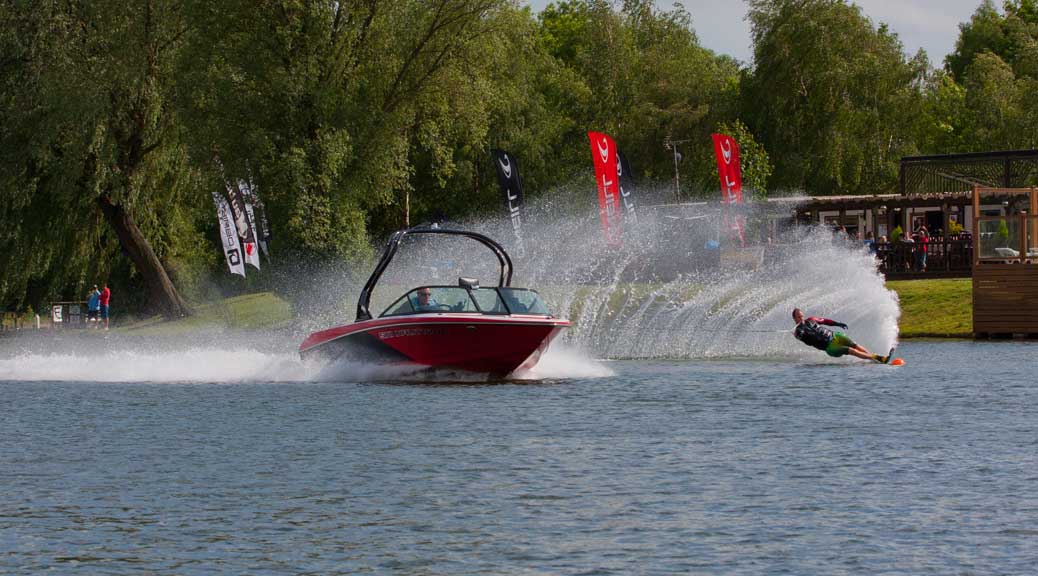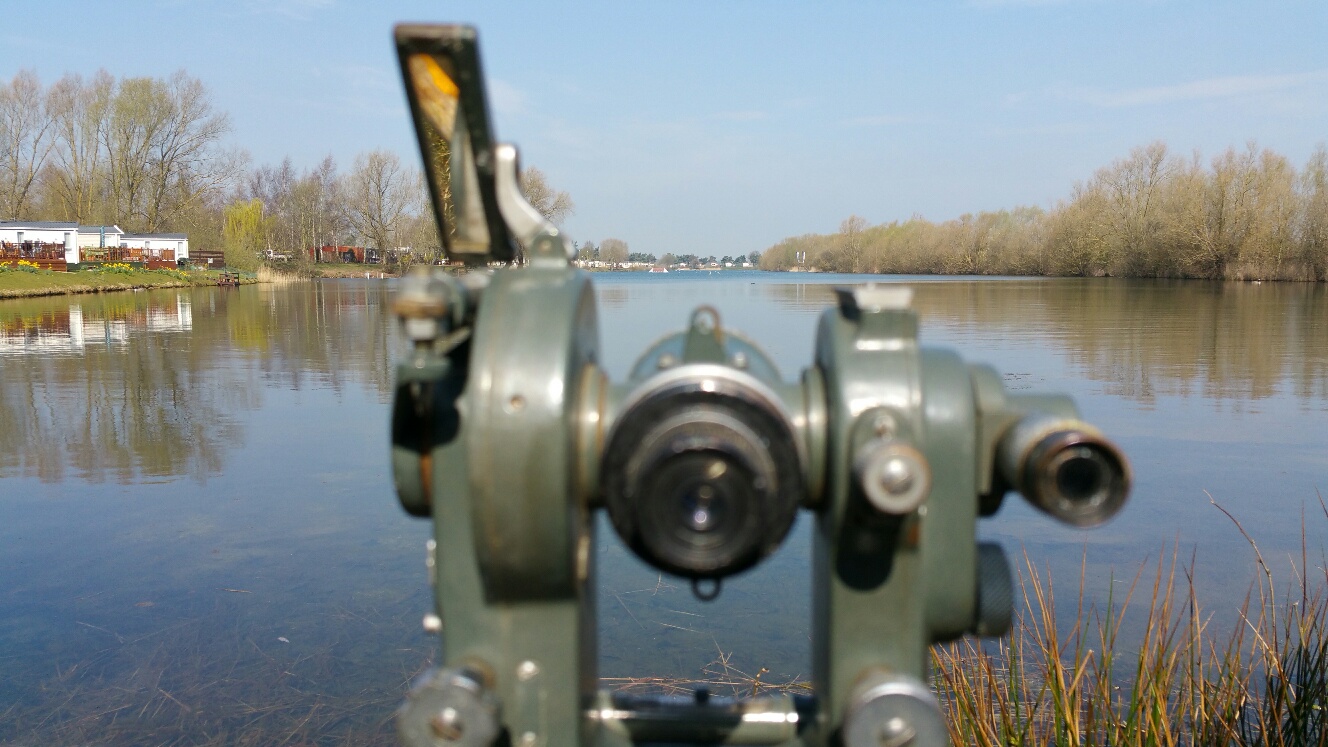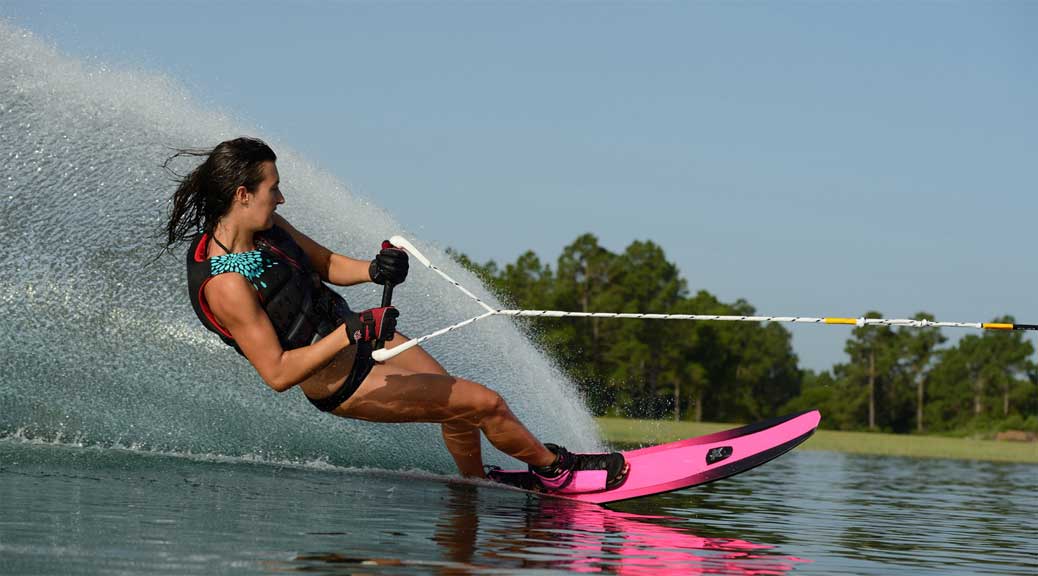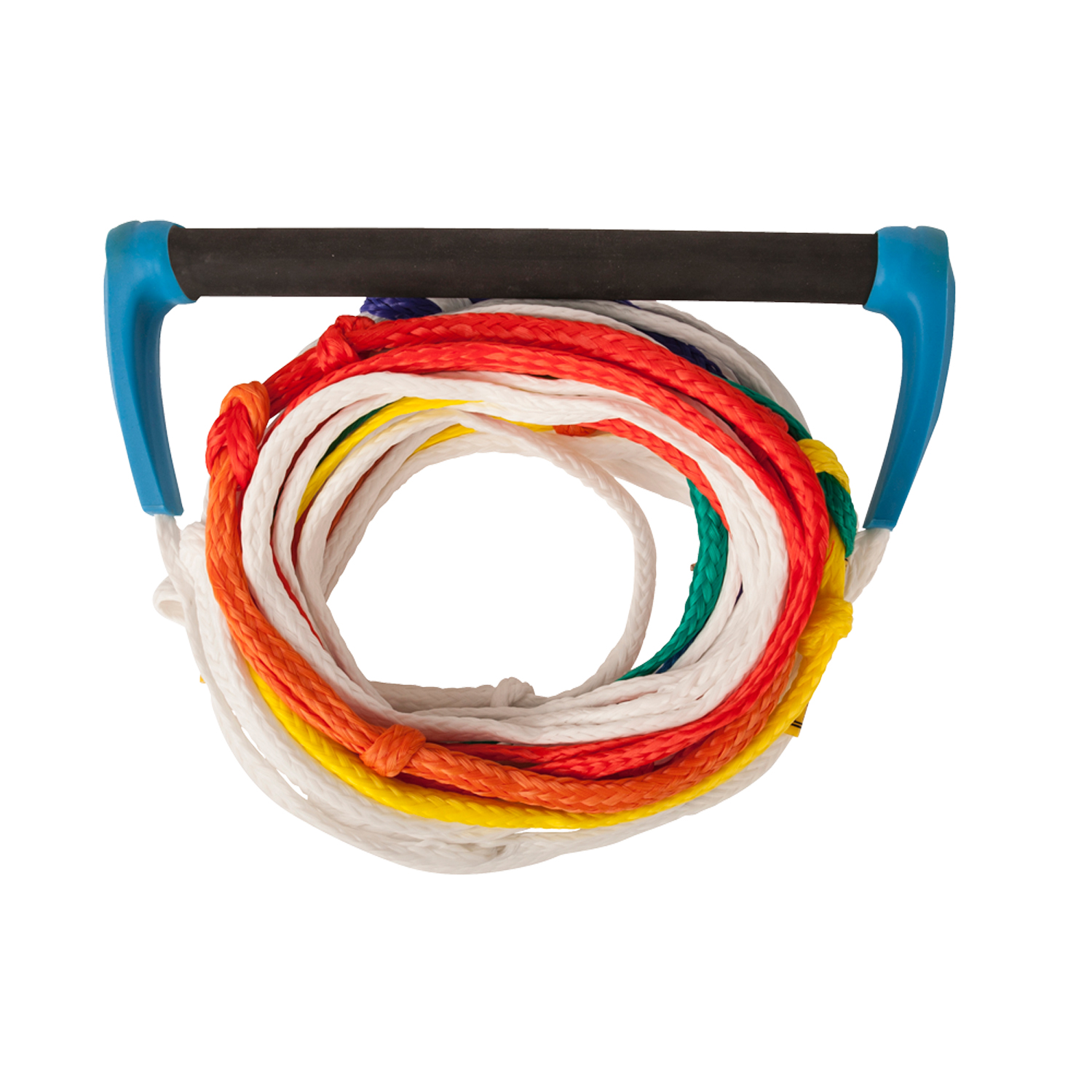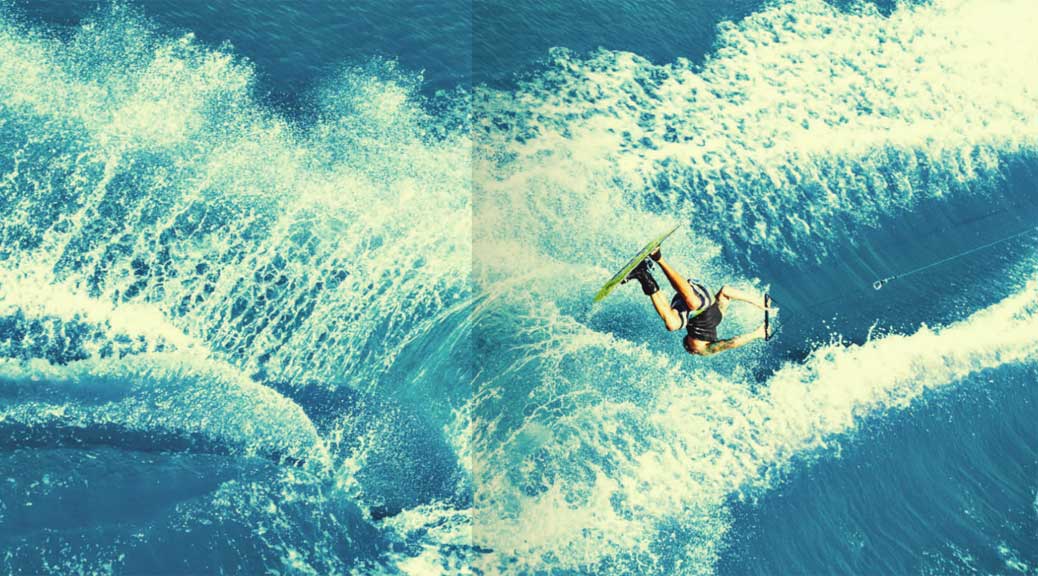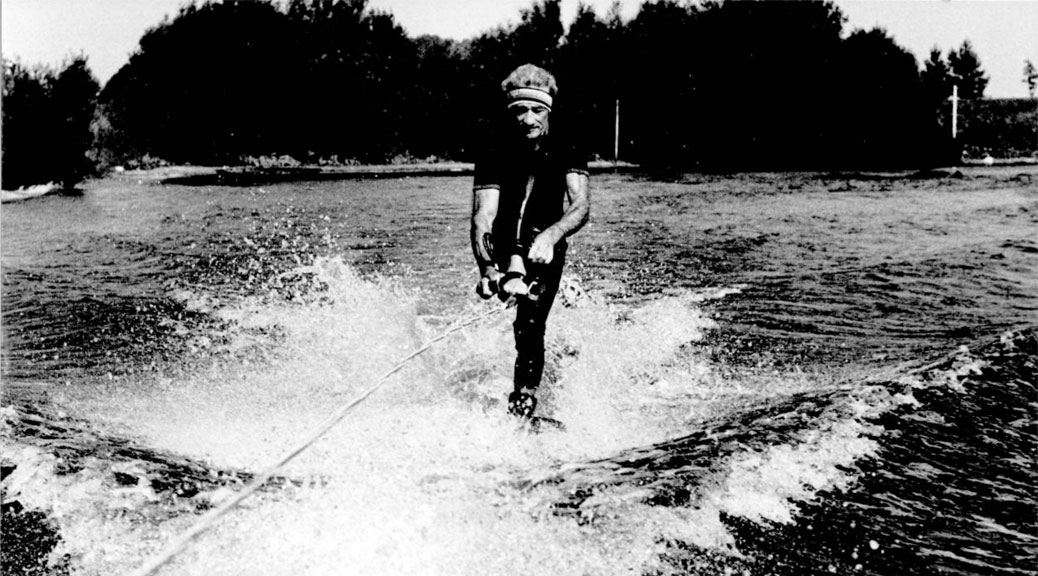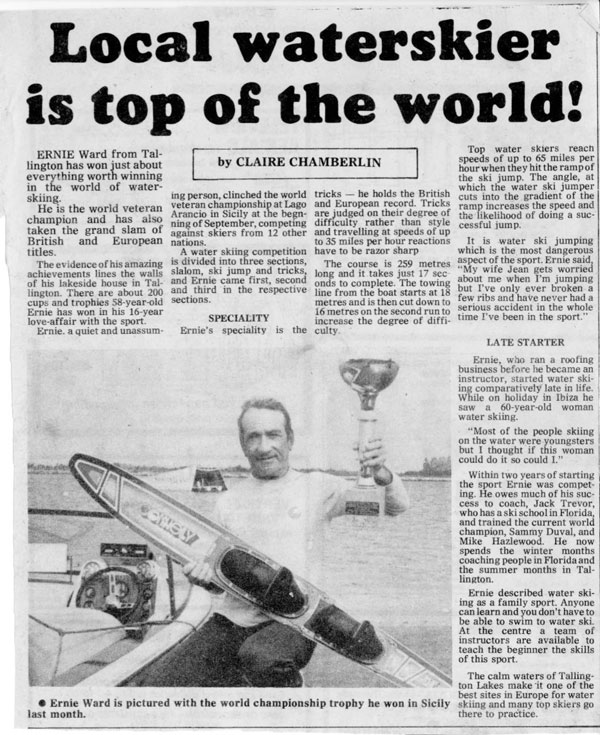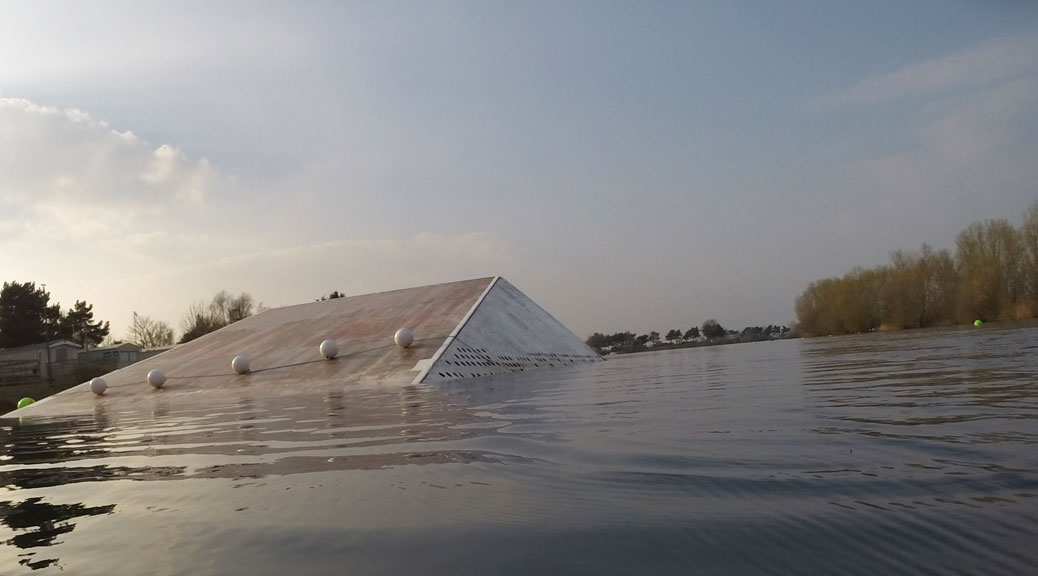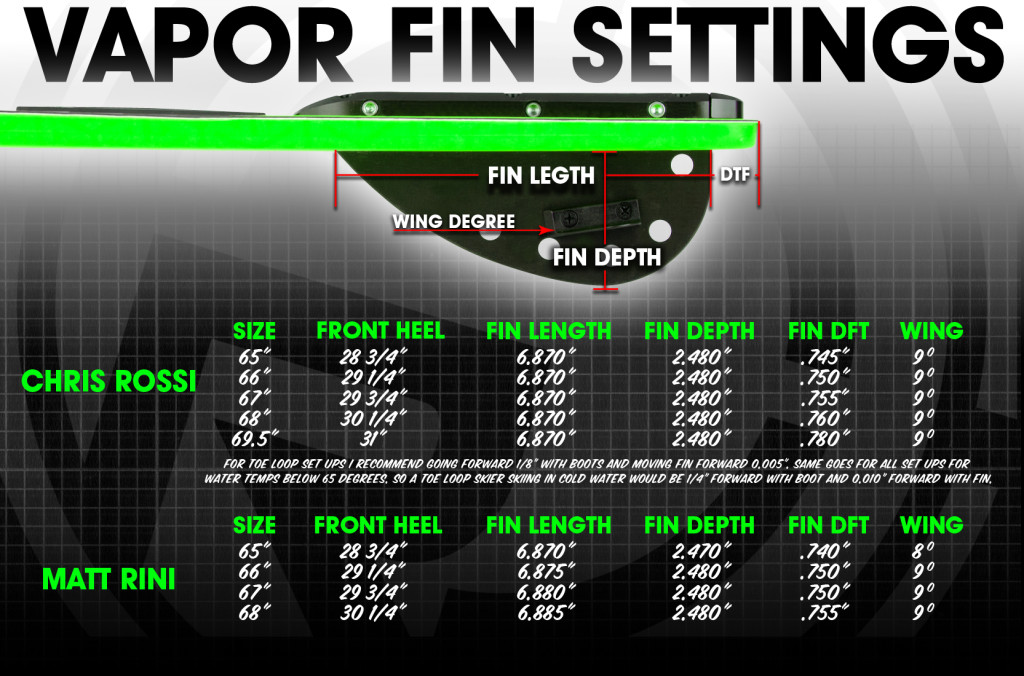Please see message from O’Brien Watersports Inc:
Name of Product: Performer Pro Combo Skis
Hazard: During falls, the binding’s retention rate can outperform the strength of the ski, causing breaks and delamination of the ski.
Remedy: Refund
Consumers should immediately stop using the Performer Pro Combo Skis and contact O’Brien Watersports Inc. for a store credit or refund.
Consumer Contact:
O’Brien Watersports Inc. at 800-662-7436 from 8:00am to 4:00pm PT, Monday through Friday or online at webcontact@obrien.com.
RECALL DETAILS
Units: About 3,560 (in addition, about 700 were sold in Canada)
Description: This recall involves O’Brien Performer Pro Combo Skis. These skis have a binding mounted to a plastic plate that is then mounted on the ski top. From 2011 to 2017, the skis were equipped with O’Brien’s “X9” binding. In 2018, the skis were equipped with O’Brien’s “Avid” binding. The skis are also equipped with an aluminum fin. O’Brien’s Performer Combo Skis, which are equipped with a plastic fin and O’Brien’s “X8” binding, are unaffected by this recall.
| Item Number | Product Name |
|---|---|
| 2111112 | Performer Pro Combo Skis in black/gold |
| 2121100 | Performer Pro Combo Skis in red/white/yellow |
| 2141102 | Performer Pro Combo Skis in blue/green |
| 2141102 | Performer Pro Combo Skis in blue/green |
| 2161102 | Performer Pro Combo Skis in black/grey/yellow |
| 2181104 | Performer Pro Combo Skis in black/grey/yellow |
Incidents/Injuries: O’Brien Watersports Inc. has received three reports of leg injuries associated with skis breaking or bindings pulling off the ski during falls while slalom skiing.
Sold at: Overton’s, watersports and sporting goods stores nationwide and online at Amazon.com from January 2011 to April 2018 for about $300.
Importer/Distributor: O’Brien Watersports Inc. of Snoqualmie, Wash.
Manufacturer: Playmaker Co. Ltd. of Taichung, Taiwan, and CHN Mawei, Fuzhou Playmaker Co. Ltd. of Fujian, China
Manufactured in: Taiwan and China

ABOUT U.S. CPSC:
The U.S. Consumer Product Safety Commission is charged with protecting the public from unreasonable risks of injury or death associated with the use of thousands of types of consumer products under the agency’s jurisdiction. Deaths, injuries, and property damage from consumer product incidents cost the nation more than $1 trillion annually. CPSC is committed to protecting consumers and families from products that pose a fire, electrical, chemical or mechanical hazard. CPSC’s work to ensure the safety of consumer products – such as toys, cribs, power tools, cigarette lighters and household chemicals – contributed to a decline in the rate of deaths and injuries associated with consumer products over the past 40 years.
Federal law bars any person from selling products subject to a publicly-announced voluntary recall by a manufacturer or a mandatory recall ordered by the Commission.
For more lifesaving information, follow us on Facebook, Instagram @USCPSC and Twitter @USCPSC or sign up to receive our e-mail alerts. To report a dangerous product or a product-related injury go online to www.SaferProducts.gov or call CPSC’s Hotline at 800-638-2772 or teletypewriter at 301-595-7054 for the hearing impaired.
CPSC CONSUMER INFORMATION HOTLINE
Contact us at this toll-free number if you have questions about a recall:
800-638-2772 (TTY 301-595-7054)
Times: 8 a.m. – 5:30 p.m. ET; Messages can be left anytime
Call to get product safety and other agency information and to report unsafe products.
MEDIA CONTACT
Please use the phone numbers below for all media requests.
Phone: 301-504-7908

